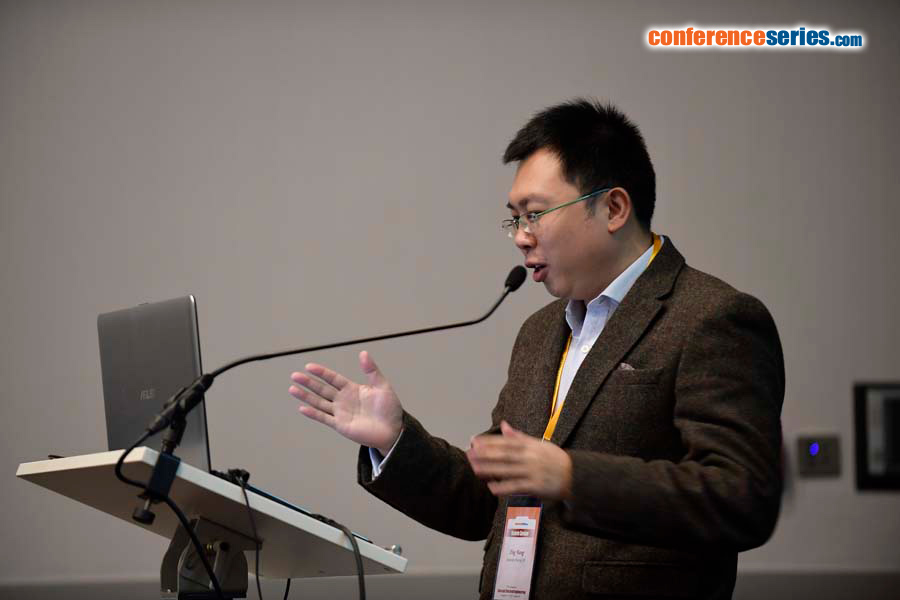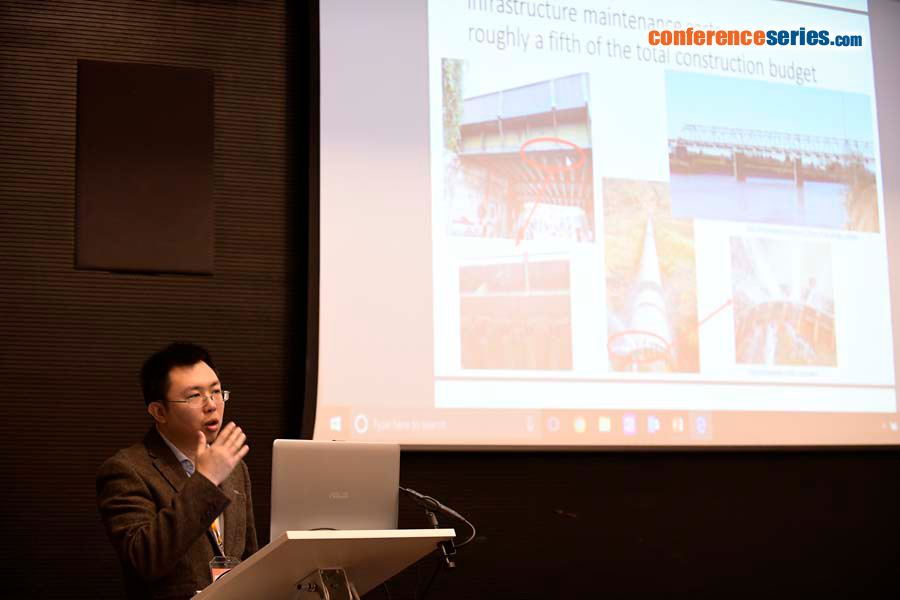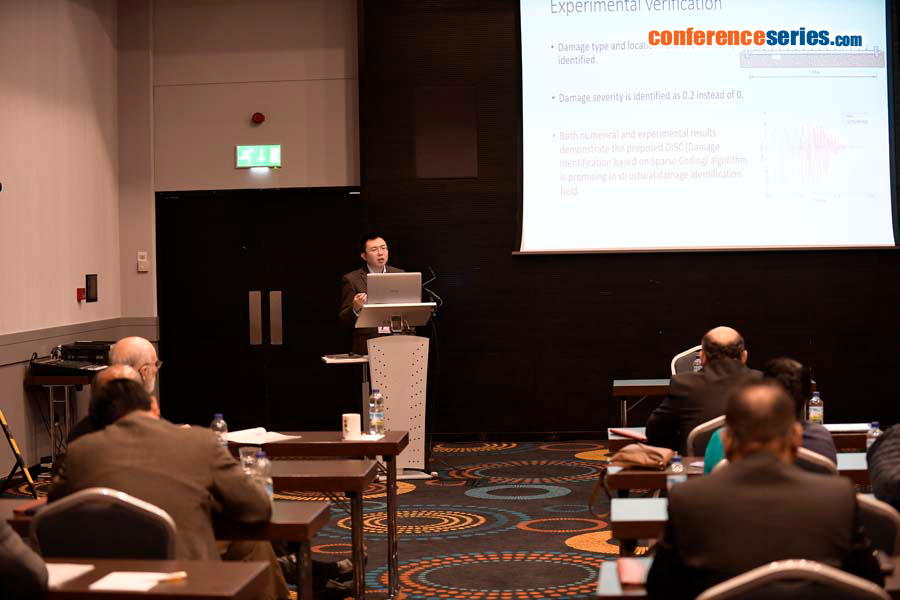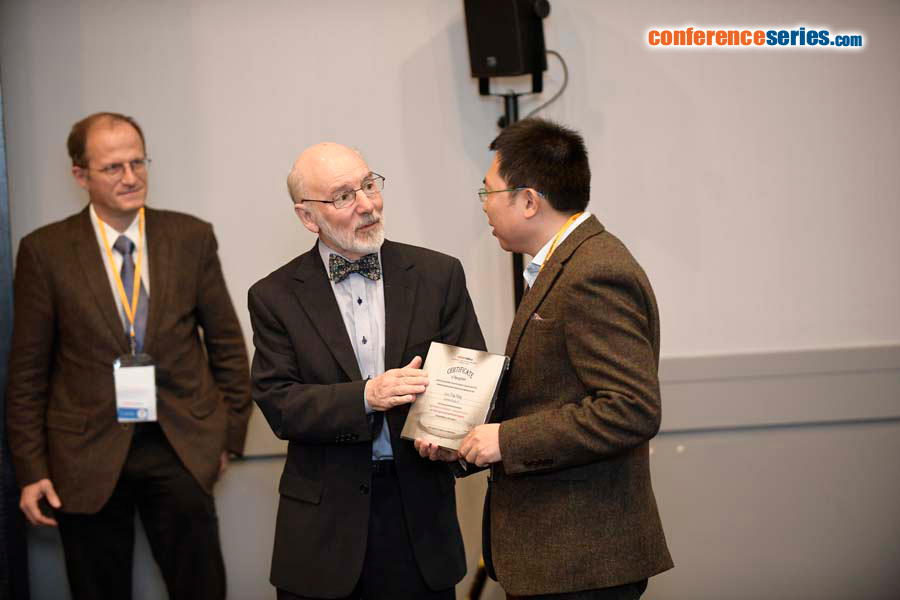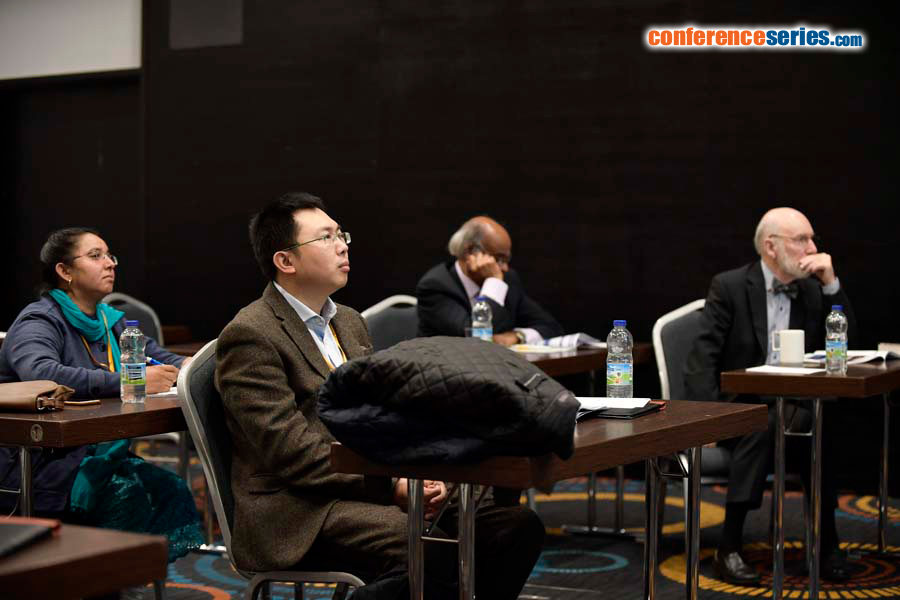
Ying Wang
University of Surrey, UK
Title: Digital innovation for civil infrastructure – structural health monitoring
Biography
Biography: Ying Wang
Abstract
Infrastructure performance is of great importance for a nation’s economy and its people’s quality of life. Metallic structures are an important structural type for both transport and energy infrastructure. For example, there are more than 20,000 metallic bridges on UK road, rail and canal routes. For efficient and effective infrastructure asset management, Structural Health Monitoring (SHM) has been researched extensively worldwide in the past 20 years. Real-time SHM data, affected by operational, structural and environmental conditions, can be collected from installed sensor systems. They can provide more detailed information regarding the actual conditions of a structural system compared to traditional inspections. Therefore, the interpretation of the large volume of monitoring data, i.e. condition identification, becomes increasingly more important. This presentation aims to provide a comprehensive introduction of Dr. Wang’s recent research development in this field. Firstly, numerical simulation techniques including finite element modelling and spectral element modelling will be discussed. Secondly, experiences on the SHM system development in laboratory will be shared. Thirdly, the focus will be placed on the development of monitoring data interpretation methods. Specifically, the methods based on dynamic features, through model updating, and using pattern recognition, will be discussed in detail, and the relevant projects will be introduced. The presentation demonstrates that there are numerous opportunities in digital innovation for civil infrastructure, and that collaboration is important in this field.


